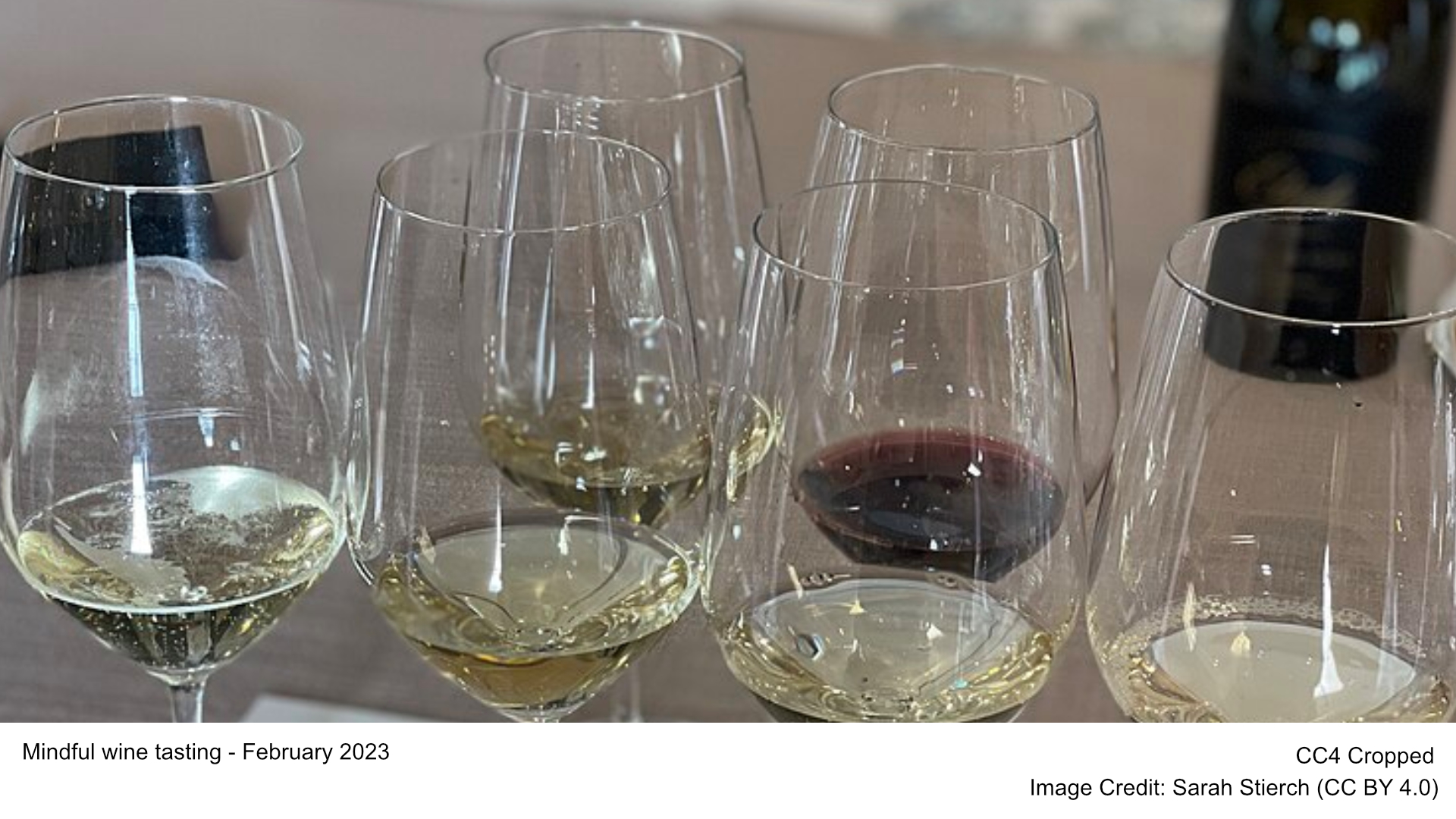U.S. Surgeon General Dr. Vivek Murthy has issued an advisory highlighting the cancer risks associated with alcohol consumption, reigniting debates over the need for warning labels on alcoholic beverages. This comes as federal agencies prepare to update dietary guidelines, potentially recommending stricter limits on drinking. The alcohol industry, supported by significant lobbying efforts, strongly opposes these measures.
Play Count: 4
- Alcohol and Cancer Risks: U.S. Surgeon General Dr. Vivek Murthy’s advisory links alcohol to seven types of cancer, urging increased public awareness as most Americans are unaware of these risks.
- Industry and Political Resistance: The alcohol industry, backed by lobbying efforts and Congressional allies, opposes stricter guidelines and warning labels, citing concerns over federal overreach and economic impact.
- Cultural Shifts: Public attitudes toward drinking are evolving, with trends like “sober curiosity” and declining alcohol consumption among younger demographics reshaping social norms.
- Future Guidelines: Federal dietary guidelines may tighten alcohol recommendations, with advocates pushing for clear labeling and policies to reduce cancer risks.
Alcohol’s link to cancer has long been established, but awareness campaigns have lagged behind efforts targeting tobacco. Countries like Canada have already implemented stricter alcohol guidelines, limiting intake to two drinks per week. The “sober curious” movement further reflects a cultural pivot, emphasizing health-conscious choices and challenging the normalization of drinking.
Alcohol and Cancer: A Growing Concern
The advisory underscores alcohol’s link to seven types of cancer, including throat, liver, and breast cancers, identifying it as the third-leading preventable cause of cancer in the U.S., following tobacco use and obesity. Dr. Murthy emphasized that the majority of Americans remain unaware of these risks.
His recommendations align with global findings, including a 2023 World Health Organization report stating that no level of alcohol consumption is entirely safe. Current U.S. dietary guidelines recommend a maximum of two drinks per day for men and one for women.
Industry Pushback and Congressional Resistance
Efforts to mandate warning labels or tighten alcohol guidelines face resistance from both Congress and the alcohol industry. Federal lobbying efforts by top industry players such as Anheuser-Busch and the Distilled Spirits Council totaled nearly $9 million in 2024, while political contributions to candidates exceeded $24 million.
Lawmakers with ties to the alcohol industry, such as Reps. Mike Thompson and Dan Newhouse, have called for suspending ongoing federal studies that could influence stricter recommendations. Industry-backed caucuses, like the Congressional Wine Caucus and the 21st Amendment Caucus, advocate for state-level regulation and argue against federal overreach.
Changing Public Attitudes Toward Drinking
Shifting cultural norms and increasing health awareness are reshaping drinking habits. A Gallup poll revealed that alcohol consumption among young adults (ages 18–34) has declined significantly over the past two decades, with many embracing the “sober curious” trend. This movement emphasizes mindful drinking or complete abstinence, encouraging alternatives such as mocktails and non-alcoholic beverages.
Public Health Advocacy and Next Steps
Health advocates hope the incoming administration of President Donald Trump and HHS nominee Robert F. Kennedy Jr. will support stronger alcohol-related health warnings. Both have personal connections to alcohol’s dangers—Trump’s brother passed away from alcohol use disorder, and Kennedy is a longtime participant in Alcoholics Anonymous.
Marion Nestle, a nutrition expert and former HHS advisor, has praised Murthy’s advisory, stating, “Alcohol causes cancer. Full stop.” Advocates argue that clear labeling and stricter guidelines could promote informed decision-making and help reduce alcohol-related health risks.
Balancing Public Health and Industry Interests
The debate over alcohol guidelines highlights the tension between public health priorities and powerful industry interests. As federal agencies prepare their final recommendations, the outcome will likely influence not only consumer behavior but also the future of alcohol regulation in the U.S.






Be First to Comment